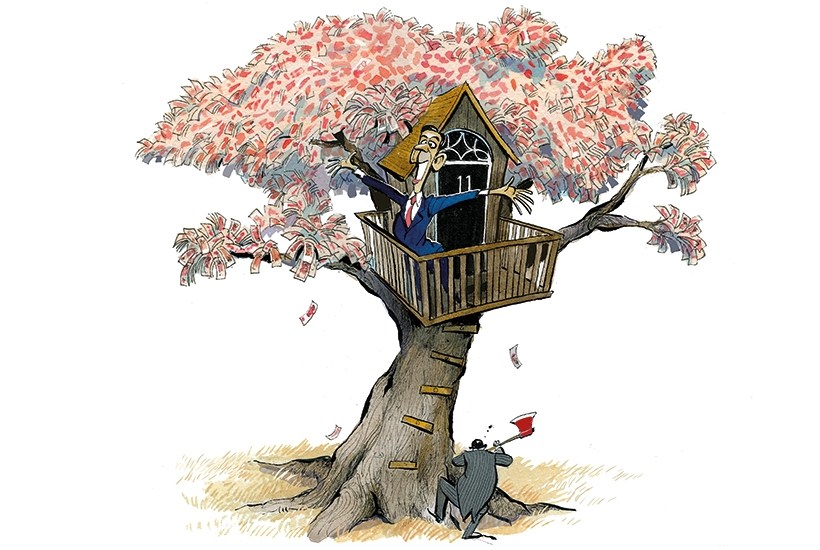After every Budget, big or small, Tory backbenchers usually meet with the Chancellor. But on the evening of Rishi Sunak’s mini-Budget this week, they had already scheduled in a meeting with Andrew Bailey, the new governor of the Bank of England. This was extraordinary. Since when does the governor talk to MPs? Or risk upstaging the Chancellor? Worse still, the Treasury had not been told about the governor’s new gig.
Already a subscriber? Log in
Subscribe for just $2 a week
Try a month of The Spectator Australia absolutely free and without commitment. Not only that but – if you choose to continue – you’ll pay just $2 a week for your first year.
- Unlimited access to spectator.com.au and app
- The weekly edition on the Spectator Australia app
- Spectator podcasts and newsletters
- Full access to spectator.co.uk
Unlock this article
SPECTATOR.CO.UK/PODCAST - Kate Andrews and the economist Miatta Fahnbulleh on the magic money tree.
You might disagree with half of it, but you’ll enjoy reading all of it. Try your first month for free, then just $2 a week for the remainder of your first year.















Comments
Don't miss out
Join the conversation with other Spectator Australia readers. Subscribe to leave a comment.
SUBSCRIBEAlready a subscriber? Log in